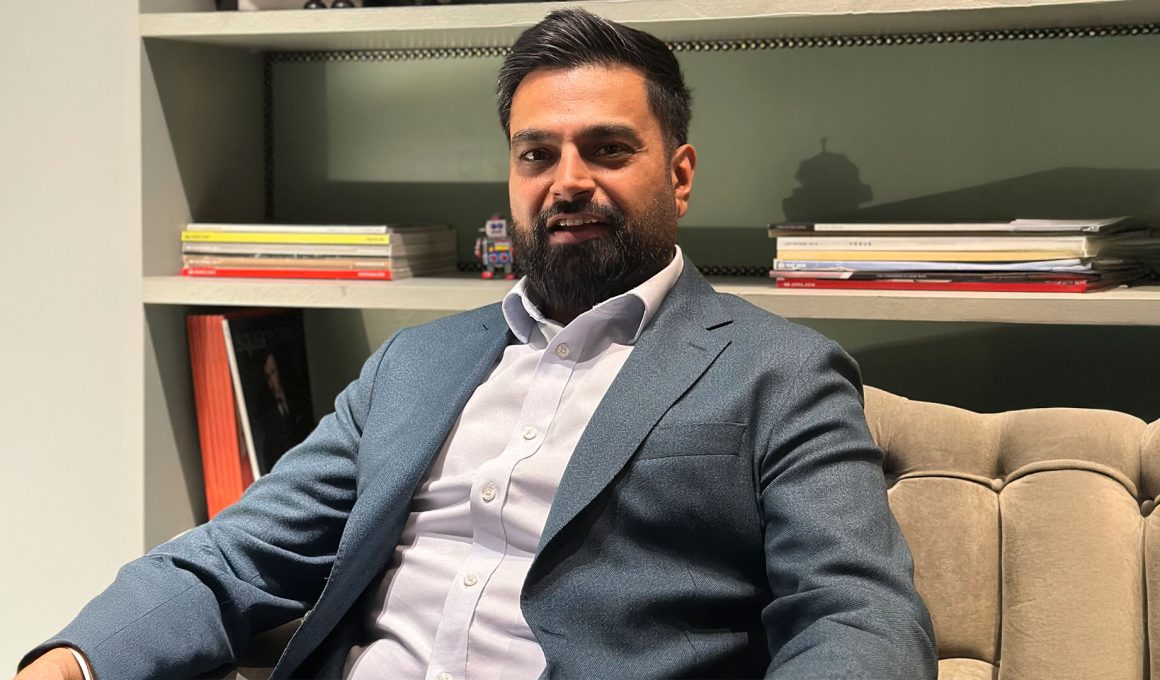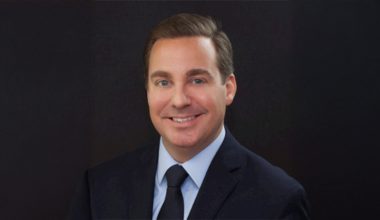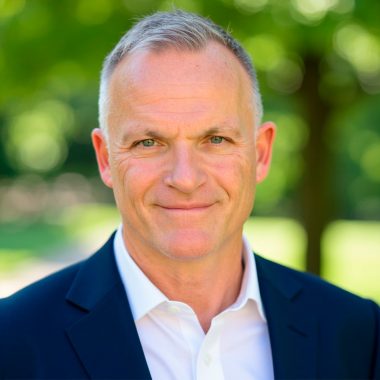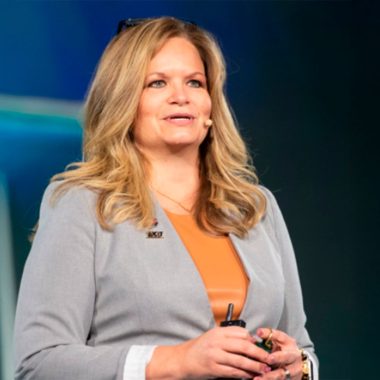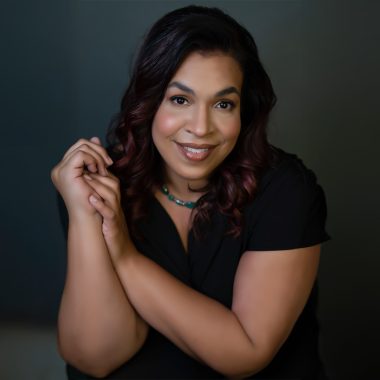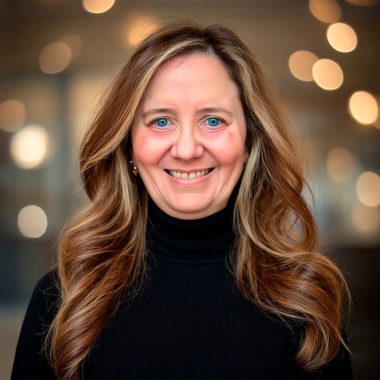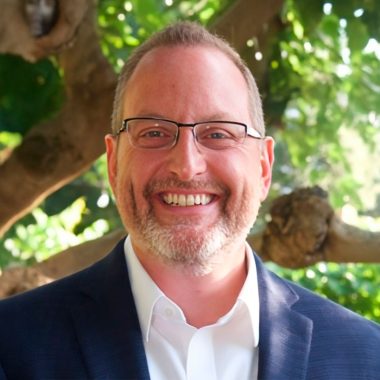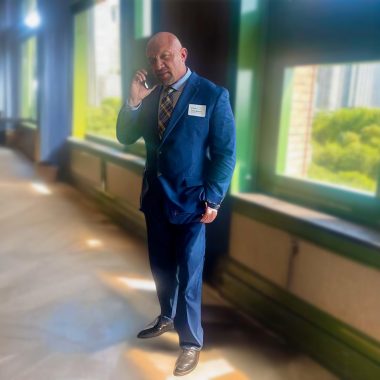Building an effective board isn’t just about finding qualified people. It’s about timing, fit, and understanding what challenges are actually coming next. Dal Heer has spent over 20 years in executive search & consulting, working across financial services in the UK, Europe, US, Asia Pacific, and the Middle East. Through this work, he’s developed a clear view of what separates boards that thrive under pressure from those that don’t.
Noticing Similar Challenges Across Industries
Heer’s experience spans different sectors and geographies, but he’s noticed something consistent. “A lot of those challenges are quite similar across industries and organisations, obviously at different scales,” he says. Regulated industries face particular pressure. “Regulatory challenges are very similar, regardless of location or organisational size.” Right now, he sees several forces colliding at once. There’s the rapid uptake of AI, which brings both opportunities and risks. Cyber threats are escalating. Geopolitical tensions keep shifting. “I feel we’re currently in a space where there’s a bit of a perfect storm, a ‘convergence’ if you like…” Heer explains. Businesses need boards that can handle this complexity, but many don’t have the right makeup to deal with what’s ahead.
The biggest challenge boards face is simpler than it sounds. “Organisations will have people in place who have been fantastic for what’s just happened,” Heer notes. “But when it comes to new and emerging challenges, they often don’t have the skill-set or particular experience that is best placed to deal with those new challenges.” It comes down to having the right people at the right time. What worked last year might not work for what’s coming. Take cyber resilience as an example. Heer runs forums and roundtables for board members, and this topic keeps coming up. “A lot of the existing makeups of boards don’t have a good enough understanding of what good looks like from a cyber resilience perspective, and how to challenge in-house 1st line teams and ‘IT experts’ so they are have no choice but to place their trust in them and/or external advisors.” he observes. Having IT professionals on staff isn’t enough. The question is whether the executive committee can properly challenge those technical teams from a risk perspective. Can they give the board and shareholders real confidence that things are under control? This is just one example of many challenges faced at board level and Heer has developed frameworks, heatmaps and gap analysis tools, alongside working with specialist providers in the area of psychometric analysis, for example, to identify gaps and blind-spots for organisations; providing confidence in the areas of Governance, Risk & Compliance and what he calls “Human Oversight in an era of Artificial Intelligence”.
Practical Solutions Don’t Always Mean Full-Time Hires
The fix doesn’t always require bringing in expensive full-time expertise. “You can do this through a non-executive director, you can do this through an advisory member of the board or an Interim advisor without a board seat who will be able to take that role and help shape that strategic input,” Heer explains. Sometimes we need to assess whether we can train and upskill existing people. Other times we may need to bring in new perspectives from outside.
But there’s another problem that makes this harder. Businesses often settle for whoever’s available rather than going after the best available – gamechangers or the top 1% of the talent market. “The best people in the market are quite embedded in their organisations, and having the knowledge of who those people are is key,” he says. These top-tier leaders aren’t applying to job adverts or open to work on LinkedIn. “These are individuals that you’ve got to go out and attract proactively. You need them in your network already and they have to value having you as part of their network….trust and ‘quid-pro-quo’.”
Building Relationships Before You Need Them
Heer’s firm, Lutine Bell, takes a different approach to this challenge. The company started in executive search and recruitment, then expanded into management consulting through UK Risk Consulting (UKRC). They also run an Insights business that organizes weekly roundtables and forums across the UK, Europe, US, and Middle East for executive and board-level professionals. The key is consistent engagement. “Last week, personally I had three roundtables with ExCo and board members,” Heer shares. “That’s a typical week for us during the peak season, which is outside of summer holidays and Christmas time.” These aren’t one-off networking events. The same groups meet quarterly under Chatham House rules to discuss current challenges. “They see us as a business partner, so when they have these issues arise, they come to us to help solve them from a strategy perspective and a people perspective.” This continuous contact provides something valuable. “We regularly contact them to find out what issues they’re facing and bring them together to discuss those issues,” Heer explains. That builds the kind of trust needed to move quickly when the right opportunity comes up.
Heer sees board demographics shifting. “We’re seeing younger people, we’re seeing more female board members, we’re seeing more portfolio NEDs from a different demographic than those that came before.” This diversity matters more now than ever because challenges are evolving so quickly. “The Industry needs to evolve at pace, and those that don’t will get left behind or they’ll be running to try and keep up. Neither of those situations is a great situation to be in.” The path forward requires being proactive rather than reactive. Organisations that wait until they desperately need new leadership will struggle to attract the best talent or get regulatory pressures forcing them into change. Those that build relationships early and maintain diverse boards with fresh perspectives will have a better shot at staying ahead. “Being ahead of that curve and gaining a competitive edge whilst maintaining a strong governance culture is key,” Heer concludes.
Connect with Dal Heer on LinkedIn to explore his latest board and leadership insights.
